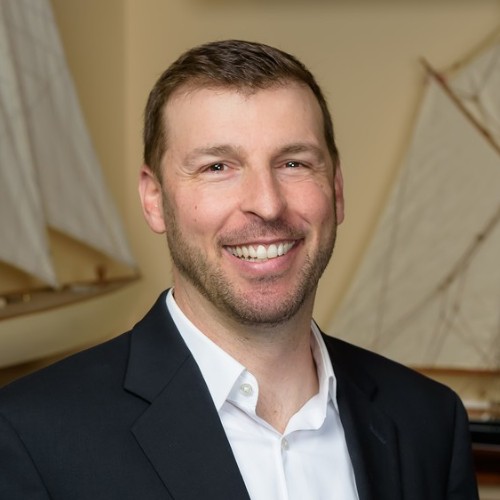
Key Points
- With traditional management models often too slow for enterprise AI agents, a new "orchestration" model for human-AI collaboration is emerging.
- Alex Destino, a Managing Director at the consultancy Digital Optimus, explained why the leap from managing team activities to measuring business outcomes is necessary for success.
- The most effective leaders will find a balanced organizational structure, treat agents as part of the team, and use small, successful pilots to build momentum.
As enterprises integrate intelligent agents into their operations, a new strategic framework is emerging. For many, the "orchestration graph" signals a near future where humans and AI agents collaborate in real time to execute complex workflows. But as this new reality takes hold, a less flattering truth is also becoming clear: the quality of human supervision is often a bigger bottleneck than the speed of execution. Now, that revelation is creating a deep and uncomfortable challenge for established leaders.
For an expert's take on the subject, we spoke with Alex Destino, Managing Director at the data and AI consultancy Digital Optimus. With over 18 years of experience leading data strategy and AI innovation at firms like GSK, TIAA, and USAA, Destino offered a perspective grounded in real-world execution. Today, his work, which has generated millions in AI-driven revenue and been featured by Forrester Research for best practices in analytics governance, clearly identifies the core friction point stalling progress.
According to Destino, making the shift from tracking activities to measuring outcomes is often the greatest challenge for leaders. "The biggest change here—and one most companies already know they need to make—is the leap from managing activities to managing the outcomes," Destino said.
The traditional path might have gotten most successful organizations to where they are today. But it won't take them very far into the future, Destino said. Now, a highly orchestrated organizational structure is emerging to reduce that friction. Here, he advised leaders to keep an open mind.
Orchestration, not holacracy: At face value, orchestration is deceptively similar to past management fads like holacracy, Destino explained. Yet, both extreme hierarchy and complete flatness are flawed models for the AI era. "It can't be hierarchical like it was in the past. That's way too slow for the modern speed of business. But it can't be flat either, because that creates way too much duplication. It's not cheap to build these agents, and it's not as easy as big tech will make it appear."
Executive friction: Meanwhile, the shift from passive oversight to active orchestration is creating a palpable tension for traditional leaders, Destino explained. "They're not the ones who are familiar with how to build these agents, so they feel a lack of control. They're usually skilled in people management and social dynamics. That's typically how these executives have grown up. They feel tension in getting bypassed by junior folks that aren't necessarily traditional leaders but are very skilled at building agents."

What the transformation also represents is a fundamental change in our relationship with technology, Destino continued. For decades, the human-machine interface was a simple, one-to-one affair—a single worker operating a single machine.
Machine management: Now, that paradigm is obsolete, Destino said. "Historically, the human-machine interface has been a big part of business for decades, but it's changing. In the past, it was a one-to-one relationship. Every worker had a singular machine they were working with. Now, what happens when that machine or agent begins working for more than one worker? It's causing us to think less about the org structure in terms of just the people we're managing, and more inclusively of those machines and agents."
Ultimately, the path forward is iterative and grounded in pragmatism, Destino concluded. "I have no doubt that is the opportunity here. You couldn't do that before. These models didn't exist. Now, it is available and commoditized in many ways. So, incorporating that is a new muscle that these organizations need to build."
However, like any great transformation, the rollout of this new operating model won't happen overnight. "It starts with small successes. You can't reach 100 unless you go through one, two, three, and four. It's pilots at this point. You have to shine a light on those successful pilots, promote areas of growth, spread best practices, and provide resources to those areas that have shown success and created value. That's what works."
.svg)





